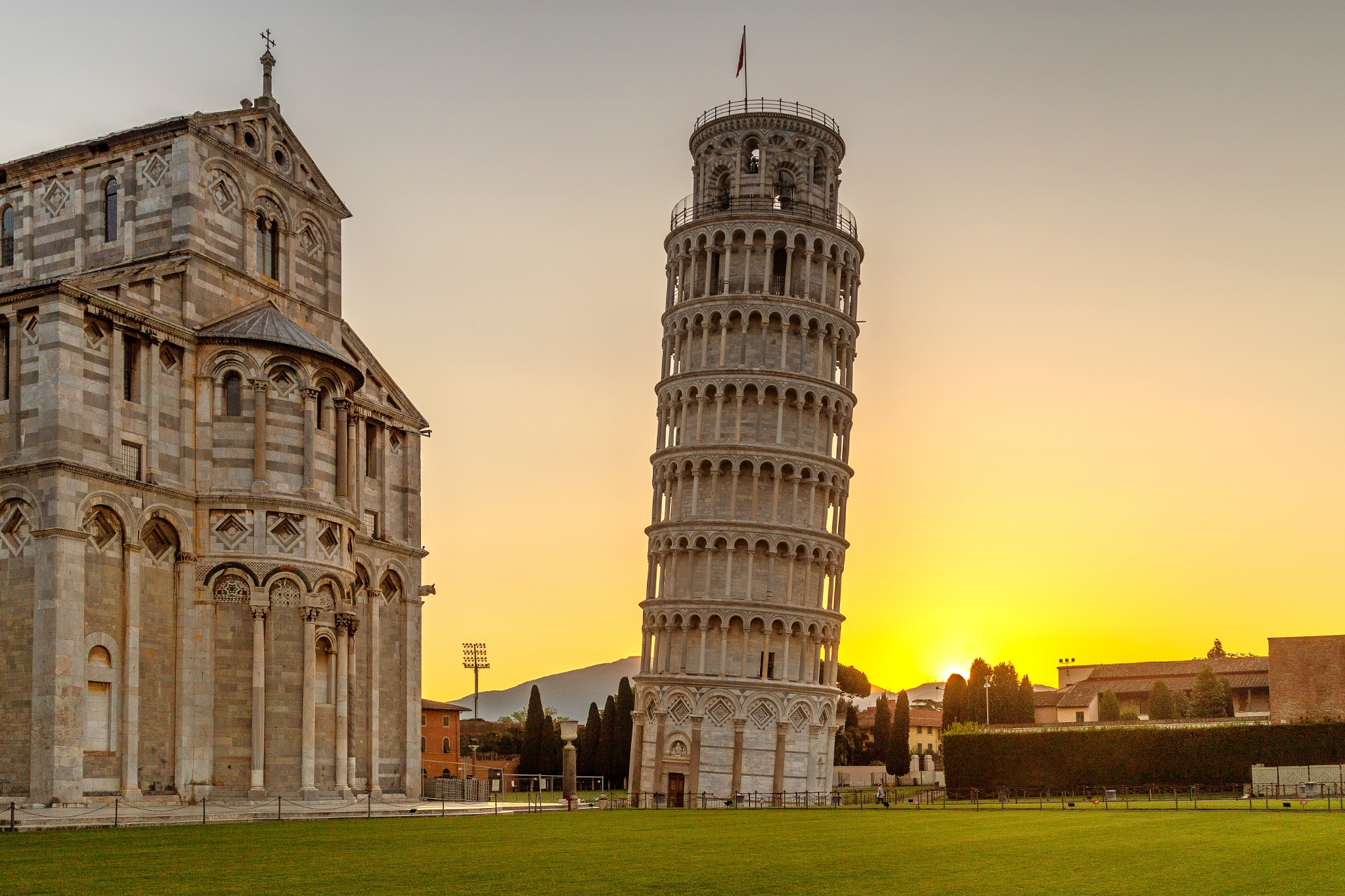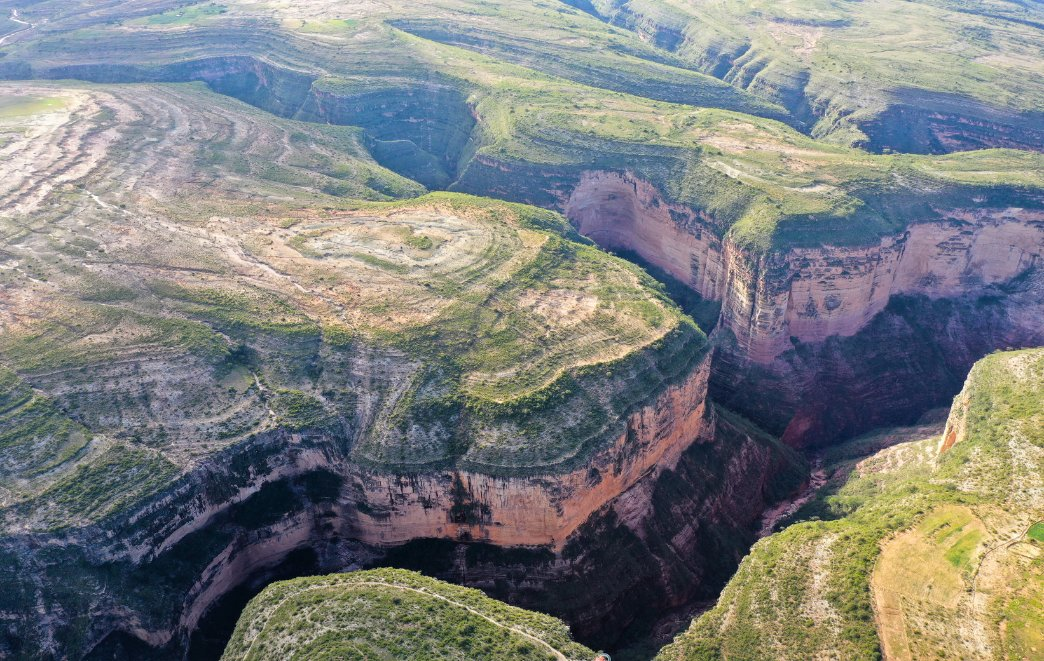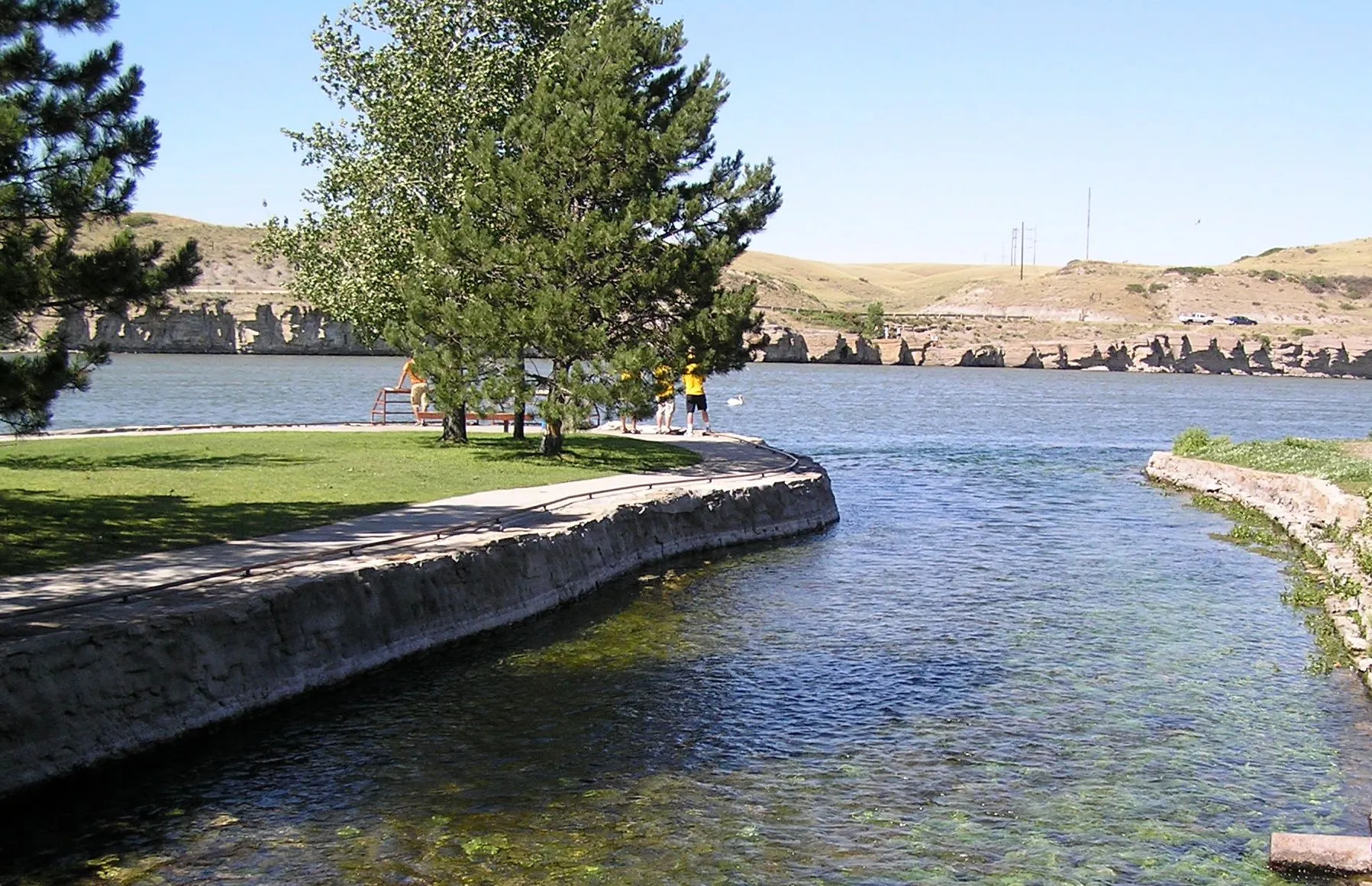innovuscollege.com – The Leaning Tower of Pisa, known for its iconic tilt, is one of Italy’s most famous landmarks. Located in the city of Pisa in Tuscany, this architectural marvel has intrigued travelers, historians, and engineers for centuries. Here’s a deep dive into the history, architecture, and unique charm of the Leaning Tower of Pisa.
A Brief History of the Leaning Tower of Pisa
The Leaning Tower of Pisa, or Torre Pendente di Pisa, is actually the freestanding bell tower of Pisa’s cathedral. Construction began in 1173, and from the start, the tower faced challenges with its foundation. Built on soft, unstable soil, the tower began tilting even before the third story was completed. Despite the tilt, construction continued in phases over the next two centuries, finally reaching completion in 1372.
Several attempts to stabilize the tilt were made throughout its history. Some adjustments even caused the tower to tilt further, but modern techniques eventually succeeded in partially correcting the tilt, while still preserving its famous lean. Today, the Leaning Tower of Pisa stands as both an architectural marvel and a symbol of resilience.
Architecture of the Leaning Tower of Pisa
- Design and Structure
- The Leaning Tower of Pisa is a Romanesque-style structure, standing 56 meters (about 184 feet) tall. The tower has eight stories, including the chamber for the seven bells, each tuned to a musical scale.
- The exterior is adorned with white and grey marble, arches, and columns, giving it a delicate, elegant appearance. Despite its lean, the tower’s structure and design are breathtakingly symmetrical, a testament to medieval architecture.
- The Famous Lean
- The lean of the tower is caused by the soft, unstable soil beneath it, which could not support the tower’s weight evenly. By the time construction reached the third story, the tower had already begun to tilt.
- Over the centuries, the lean worsened, reaching a dangerous angle of 5.5 degrees by the 1990s. Efforts to correct the tilt succeeded in stabilizing it at a safer angle of around 3.97 degrees, preserving its iconic appearance.
Why Does the Leaning Tower of Pisa Lean?
The primary reason for the tower’s tilt is foundation instability. The soft soil in the Pisa area—a mix of clay, sand, and shells—was unable to support the weight of such a massive structure. Early architects attempted to adjust the tilt by building higher sides to counterbalance the lean, but these attempts only shifted the tilt further.
In recent years, modern engineering techniques have helped stabilize the tower. From 1990 to 2001, efforts were made to straighten and secure the structure, including the removal of soil from beneath the foundation. Today, the Leaning Tower of Pisa remains stable, and experts estimate it could stand for at least another 200 years.
Visiting the Leaning Tower of Pisa
The Leaning Tower of Pisa is located in Piazza dei Miracoli (Square of Miracles), which is also home to other architectural treasures like the Pisa Cathedral and the Baptistery. The area is a UNESCO World Heritage site, attracting millions of tourists annually.
- Climbing the Tower
- Visitors can climb the 294 steps to the top for stunning views of Pisa. The interior staircase spirals upward, offering glimpses of the unique architectural elements as you climb.
- Climbing the tower requires a ticket, which can be purchased in advance to avoid long lines.
- Exploring Piazza dei Miracoli
- Besides the Leaning Tower, Piazza dei Miracoli includes the Pisa Cathedral (Duomo di Pisa) and the Baptistery of St. John. The cathedral is an architectural masterpiece in its own right, with stunning mosaics and artwork, while the Baptistery boasts a remarkable dome and impressive acoustics.
- Entrance to the square itself is free, but tickets are required for certain areas, including the tower and cathedral interiors.
- The Perfect Photo Op
- The Leaning Tower of Pisa is a popular spot for creative photography, with visitors often posing to look as if they’re holding up or pushing down the tower. There are plenty of spots in the surrounding square to capture memorable photos.
Fun Facts About the Leaning Tower of Pisa
- Galileo’s Experiment: Legend has it that the famous scientist Galileo Galilei dropped objects of different masses from the top of the tower to demonstrate his theory of gravity.
- Seven Bells: Each of the seven bells in the tower is tuned to one of the seven musical notes.
- Temporary Closures: The tower was closed from 1990 to 2001 to allow for stabilization work, as the tilt had reached a critical angle. Engineers successfully reduced the tilt, making it safe for visitors once again.
- Architectural Mystery: Historians are still unsure about the identity of the tower’s architect. Some credit the work to Bonanno Pisano, while others believe it was Diotisalvi.
Practical Tips for Visiting the Leaning Tower of Pisa
- Best Time to Visit
- Early morning or late afternoon are the best times to visit to avoid large crowds. The lighting is also ideal for photography during these times.
- Tickets and Entry
- Tickets to climb the tower can sell out quickly, especially during peak seasons, so it’s best to book in advance. Ticket prices vary depending on whether you also wish to enter the cathedral, baptistery, or other attractions in Piazza dei Miracoli.
- Getting to Pisa
- Pisa is accessible by train from major Italian cities like Florence (about a one-hour journey) and Rome (around three hours). The tower is a 20-minute walk from Pisa’s main train station.
The Leaning Tower’s Enduring Charm
The Leaning Tower of Pisa is more than just an architectural wonder—it’s a symbol of human ingenuity and resilience. Despite its flaws, or perhaps because of them, the tower continues to captivate visitors from around the world. Its enduring charm lies not only in its tilt but in the history, artistry, and spirit it embodies. Visiting the Leaning Tower of Pisa offers a glimpse into Italy’s rich past and the chance to appreciate one of the world’s most beloved and unique landmarks.





